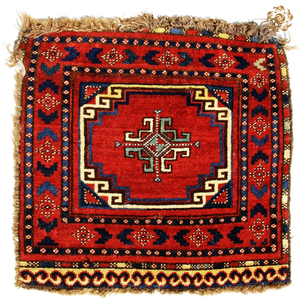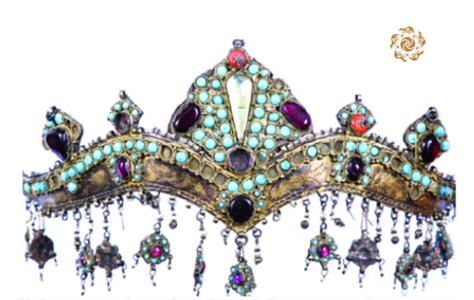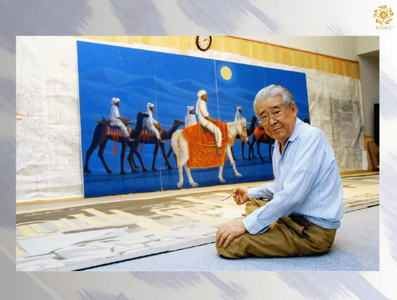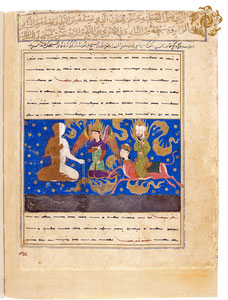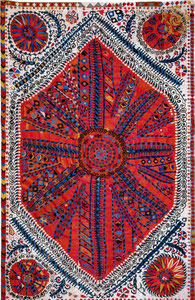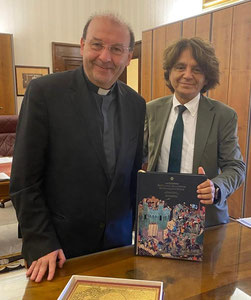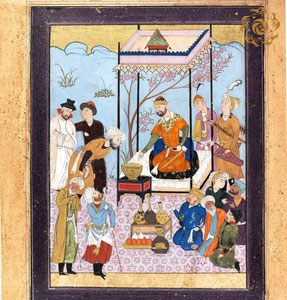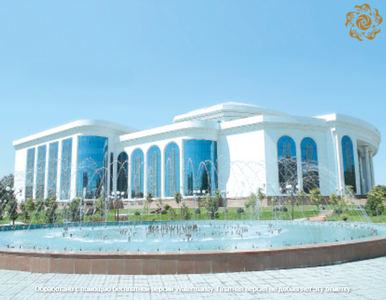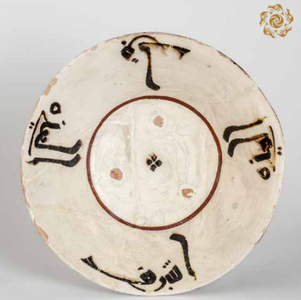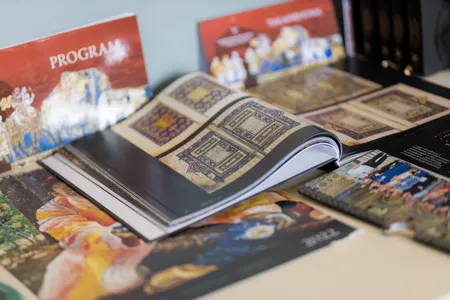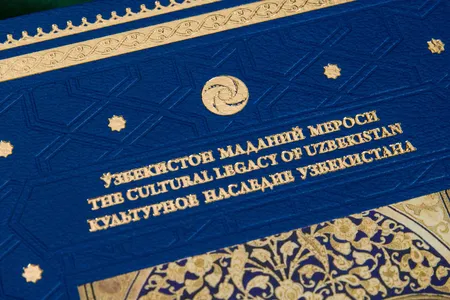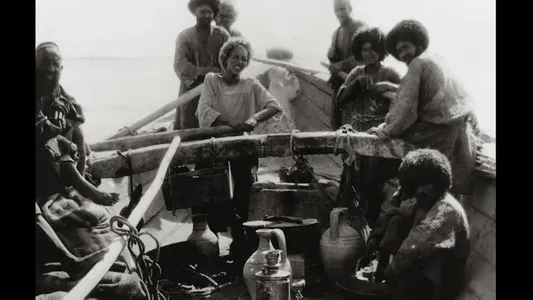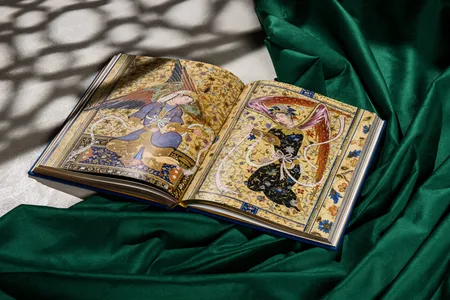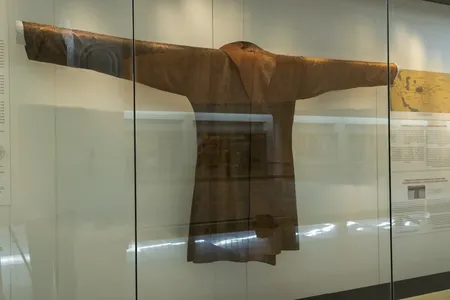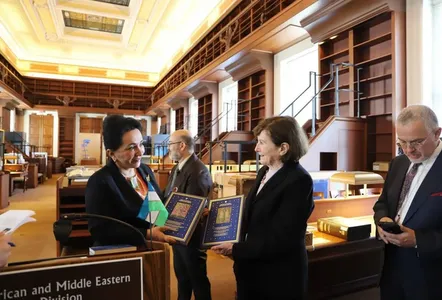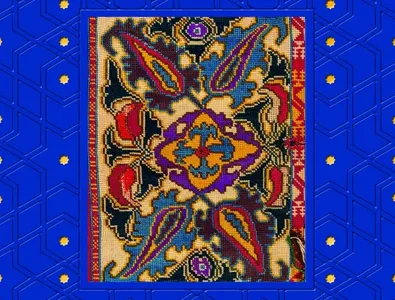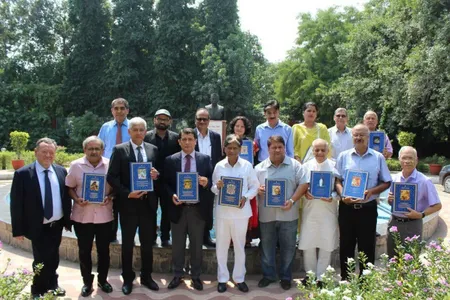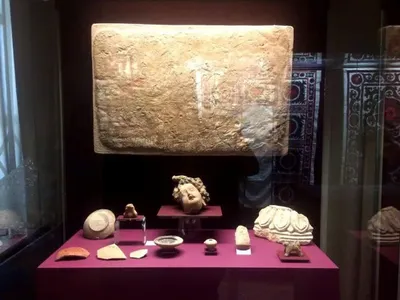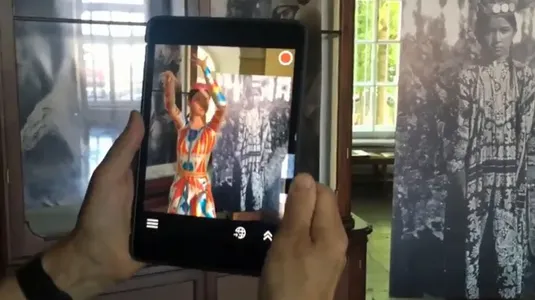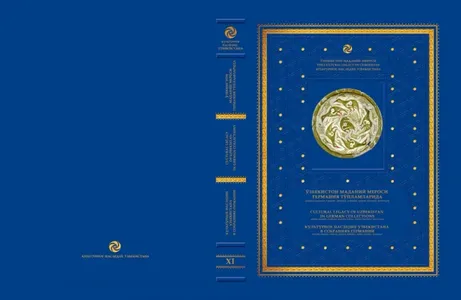Manuscripts from the Bukhara school of the 16th century are characterized by a distinct preference for bright, pure colors that were often not blended. Their works were copied and sometimes reused in different contexts. A 16th-century manuscript containing Saadi's "Gulistan," which is currently housed in France, is undoubtedly a vivid example of high-quality book production.
It was copied in the court workshop (kitabkhana) of Bukhara under the direction of the kitabdar Sultan-Mirak and calligraphed by the renowned calligrapher Mir ‘Ali. The illustrations testify to a deliberate effort to create a masterpiece. The book was copied in 1543 during the reign of Abd al-Aziz-khan. Thus, it is possible that the manuscript was intended as a gift for some high-ranking individual. The manuscript is adorned with numerous miniatures; however, one of them stands out, revealing the humor of its creator.
The parable tells of someone narrating to a man who has fallen into a pool at a Damascus mosque the story of a sheikh who walked on the waters of the Maghreb Sea without even getting his feet wet. The plot may originally be linked to the image of Christ walking on water, reinterpreted and later used without understanding its original meaning. In the miniature, two fishermen on the shore look on in astonishment at the sheikh walking on water, while adding a piquant touch is the presence of a sea creature (nakhanga) in the water, which also appears to be in some confusion over what it has witnessed.

You can learn more about the topic in the book-album "Illustrated manuscripts from Mawarannahr in the collections of France".
The main sponsor of the project is the oilfield services company Eriell-Group.

